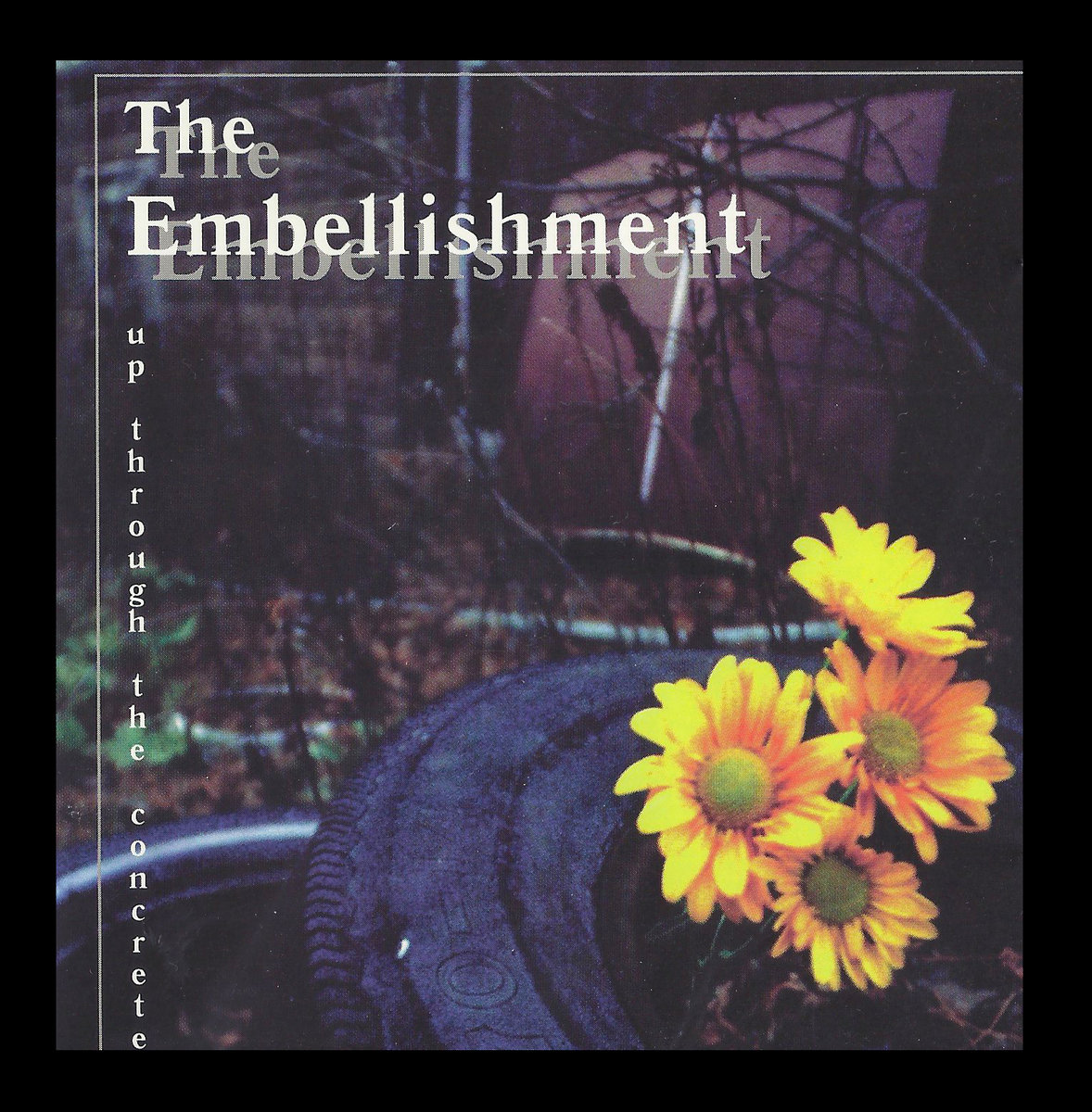| from Heartsongflutes.com |
The traditional story about having a bird or dream lead the first player to a hollowed out branch, possibly with holes pecked by the woodpecker doesn't tell enough about how the player figured out how to play -- and court with -- a flute.
The flute will make one sound if all the holes are open and yet another with the pads of your fingers completely closing all the holes. In between the two is the scale of your specific flute and its own sound, usually a minor scale. There are many names for the block that slides back and forth. My teacher just calls it "the bird", no matter if it is carved as a wolf, bear or whatever and I will do the same here.
Except for the beginner flutes I mentioned last week, a Native American flute usually has a bird and you need to slide it to its sweet spot where the low notes aren't too breathy and the high notes don't fade away. Experiment with it each time you go to play to be sure it's in the best spot letting all notes sound clearly. The leather holding the bird may need retying and may have moved since the last time you played. (Now do you see why I recommended a beginner flute made to be played without a bird?) The bird adjusts the flute's air flow and should be snug.
 |
| Note the strip in the center making this a 5 hole flute. |
O.k. the scale is a tool to know your flute, but then what?
It's worth remembering, while songs can start on any note and go up and down, let all holes below the note you're playing be open. Act as if your lips are blowing out a candle, to avoid excess moisture and it also lets you hold a note longer. (When a wooden flute gets too wet inside it won't play well. More on that later.)
It's time to improvise!
- Think about various things in nature and try to play it. Obviously the wind and wind-blown objects like leaves fit, but so do the various animals and insects, water, trees themselves, a floating feather, the sun, or the sensations on a walk.
- Don't be afraid to have variety in your notes, letting tempo vary, and also using rests or silence.
- To give your song structure, try to remember your opening, so that you can return to it, possibly slower, at the end.
- In creating that structure you can use nursery rhymes, songs, prayers, poetry, WHATEVER! (Nobody knows what is in your head.)
- EMBELLISHMENTS -- A topic all its own, just remember not to over-do. An embellishment should be kept as something special within a piece. Throw in too much and it's no longer special.
Starting with standard musical embellishment:

- Vibrato - This should come from your diaphragm, giving your notes a flutter
- Trills - Raise and lower a finger or fingers quickly- Mordants - Related to the trill, but just a quick switch to the note above or below and back
- Glissando - quick, smooth play of all notes in moving to another note
- Flutter Tongue - Like a motor boat or the Spanish "r" with your tongue
- Tonguing - Saying ta-ta-ta-ta behind your teeth
- Bend Notes - Slowly roll your finger away from you off a hole
- Bark - While the name is canine, it's a chirping sound bouncing a note
- Overblow - Blow the bottom note extra hard jumping an octave
There's more, but that's a start
Last week I mentioned Flute Circles, a great way to grow and learn from others.
Duets there or just with another player is also a lot of fun.
One player should choose to take the lead while the other agrees to accompany and follow along. You can also agree to take turns.
If something sounds wrong, just remember to avoid it in the future, but keep playing.
The simplest pairing is with both flutes in the same key or an octave apart.
For harmony, try these key combinations with the lower flute given first:
A / E or D
B / E or F#
C / G or F
D / A or G
E / B or A
F / C or A#
G / D or C
also A# (Bb) with F or D, C# (Db) with F# or G#, D# (Eb) with A# or G#, F# (Gb) with C# or B, and G# (Ab) with D# or C#
This uses the musical "Circle of 5ths" and flutes are minor scales. For more about this, Flute Tree's Harmony Wheel gives a fuller discussion. It also mentions the assumption of flutes being "concert tuned" and suggests checking since not all makers will be to exact pitch. 
Drums, jingling bells, or tambourines are some other instruments to play with. I have a D-shaped jingling set of hand bells I like to play with my foot while playing. There also are bells meant to go on wrists or ankles.
Moisture is normal and can usually be allowed to dry out naturally. If you have too much after playing, move the bird, cover the sound hole partially and blow forcefully. Failing that, remove the bird and wipe that area out before reattaching the bird firmly.
The longer you play, you will find there's always more to learn and try. Toot that flute, how sweet!

No comments:
Post a Comment